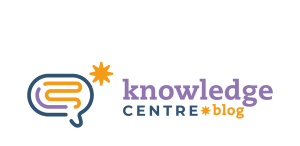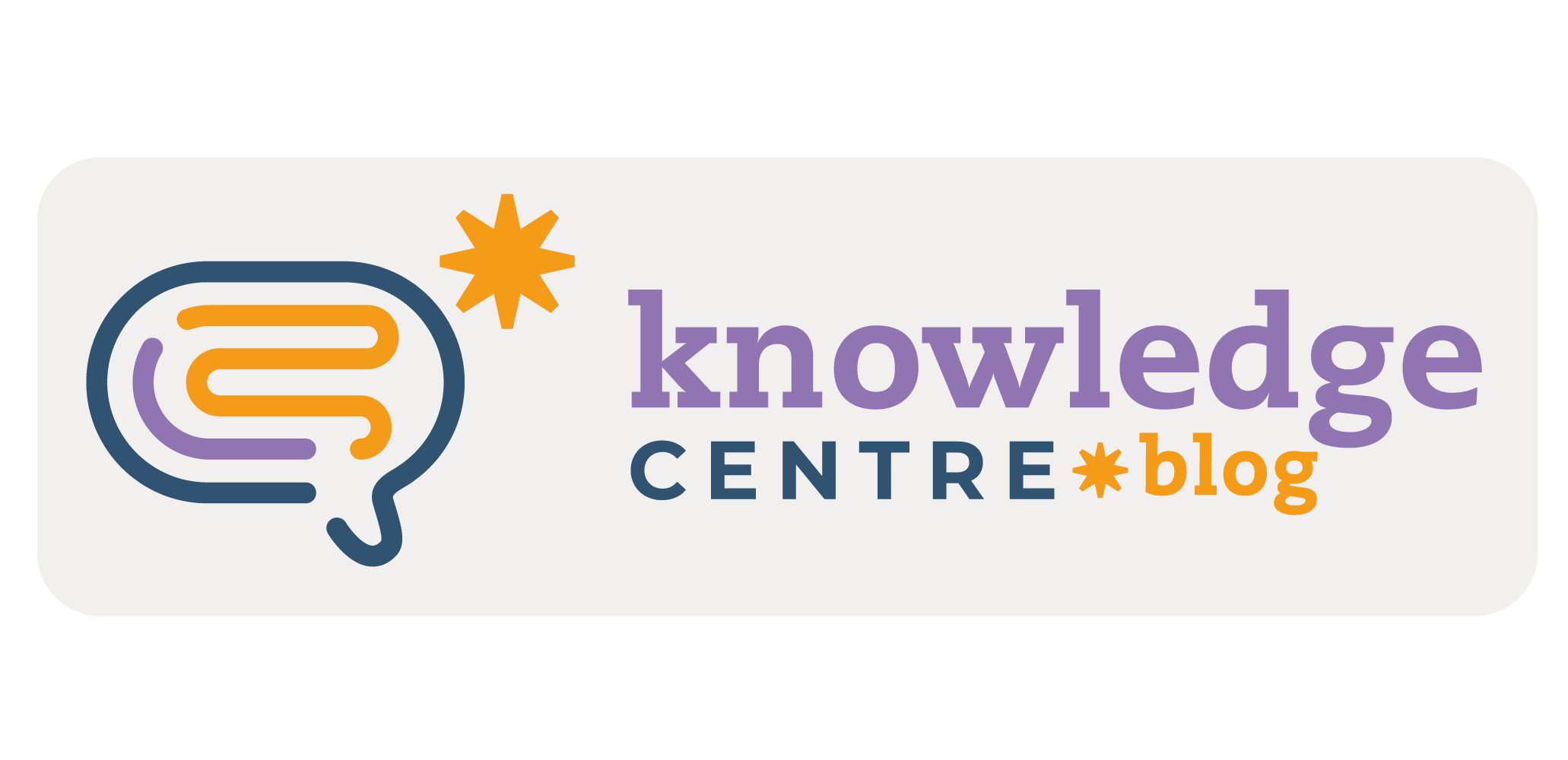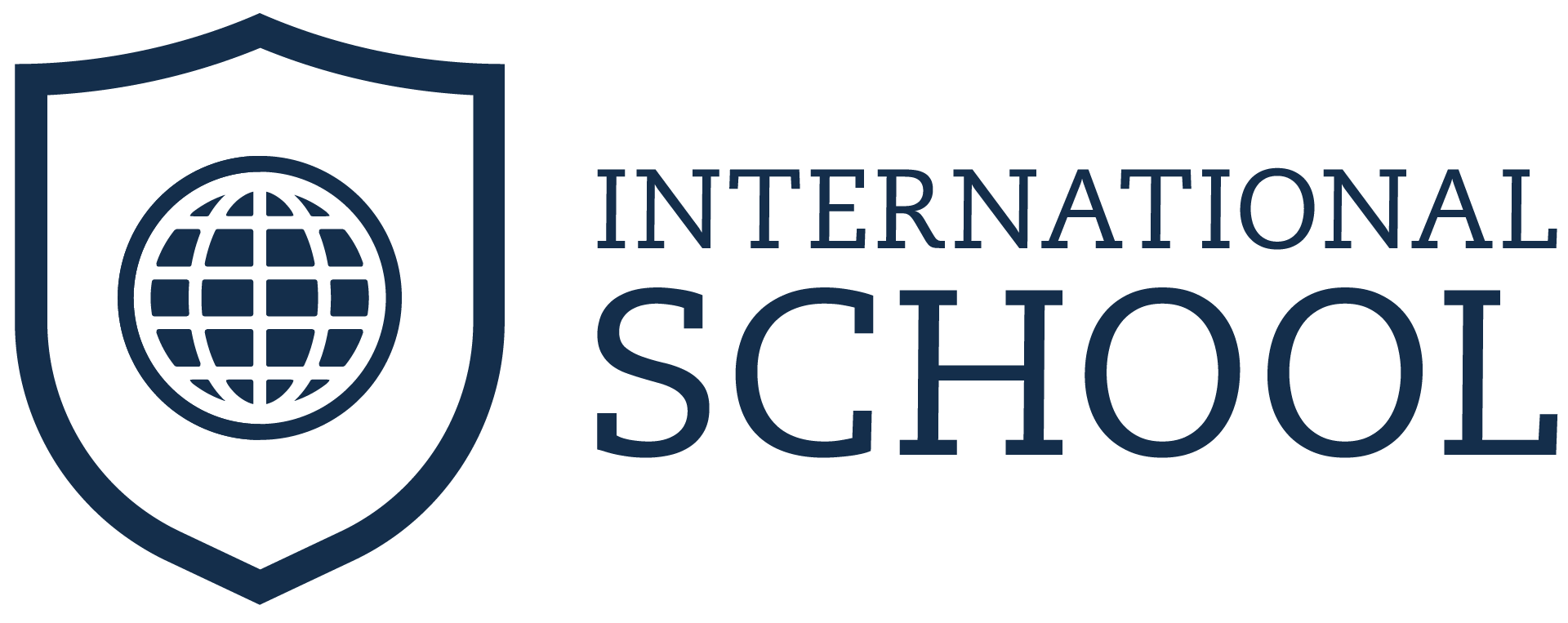Promoting students’ active use of English in bilingual classrooms is one of the key challenges faced by educators. In particular, encouraging learners to communicate with one another in the target language — rather than exclusively with the teacher — requires intentional planning, consistent routines, and variation in interaction formats. This article aims to share effective pedagogical practices that foster peer-to-peer communication in English, drawing on successful experiences observed in classrooms that follow the International School bilingual programme.
Theoretical Framework
According to Vygotsky (1978), language plays a central role in cognitive development and must be fostered in social contexts. In bilingual education, this perspective expands: by promoting interaction between peers, educators not only support language development but also nurture autonomy, collaboration, and critical thinking.
Swain (2000) highlights the importance of comprehensible output — when learners are placed in situations that require meaningful language production, they are more likely to internalize linguistic structures. Similarly, Long (1996) emphasizes that interaction is a key driver of second language acquisition, especially when it involves negotiation of meaning between speakers.
In bilingual classrooms, this interaction must go beyond the teacher-student relationship. Structuring moments in which students authentically use English with their classmates is essential for consolidating language learning. The key lies in varying the patterns of interaction, a practice supported by Gibbons (2002), who argues that different communicative arrangements — pairs, small groups, collaborative teams, and whole-class discussions — are crucial for developing language proficiency.
Success Stories: Effective Pedagogical Actions
During recent coaching sessions with teachers implementing the International School bilingual program, several successful strategies emerged that promoted English use among students. Below are two illustrative examples:
Case 1: “Role-plays with Visual Support”
In a Year 3 classroom, the teacher observed that while students understood classroom instructions in English, they rarely used the language when speaking with peers. The strategy implemented involved creating contextualized role-plays using visual cue cards containing key phrases and functional expressions. Students were paired up with specific roles (e.g., customer and shop assistant) and were encouraged to use the cards as support.
Results: There was a noticeable increase in student speaking time in English, greater engagement during activities, and spontaneous use of previously learned vocabulary. The teacher reported that students began “playing” with the language during free time, recreating similar dialogues on their own.
Case 2: “Project-Based Learning Stations with Rotation”
In a Year 5 class, the teacher organized a learning stations activity in which small groups worked on different project tasks related to animals. Each station had instructions in English and required collaboration. The rotating structure and cooperative nature of the tasks encouraged students to use English to complete their objectives.
Results: The use of Portuguese was minimized due to clear expectations, visual supports, and routines that had been previously established. Students communicated functionally in English, and the teacher was able to manage the classroom smoothly, acting as a facilitator rather than the center of attention.
Practical Recommendations
Based on both the success stories and academic literature, here are some practical suggestions for encouraging meaningful student-to-student interaction in English:
- Intentionally vary interaction patterns: Alternate between pair work, group tasks, and collaborative projects, always with clear goals and language objectives.
- Provide linguistic scaffolds: Offer posters, flashcards, or “language mats” with functional phrases (e.g., “Can I borrow…?”, “Let’s try…”, “What do you think?”) to support communication.
- Establish routines and language expectations: Set clear norms with students, such as English-only zones during specific activities, and reinforce them consistently and positively.
- Incorporate playful elements: Cooperative games, group challenges, and simulations can significantly increase motivation and promote spontaneous language use.
Model the language before the task: Use short dramatizations or think-alouds to show students how to express themselves in English during the activity.
Conclusion
Varying interaction patterns is essential to creating a bilingual classroom where English is truly used as a tool for communication. By designing meaningful contexts and offering the right linguistic support, educators can provide students with opportunities to express themselves confidently, collaborate with peers, and consolidate their language skills.
The success stories shared in this article demonstrate that it is possible to foster peer interaction in English without compromising classroom management. On the contrary, when students are engaged as active participants in the learning process, behavior improves, ownership increases, and English becomes more than a subject — it becomes a living language.
References
- Gibbons, P. (2002). Scaffolding Language, Scaffolding Learning: Teaching Second Language Learners in the Mainstream Classroom. Heinemann.
- Long, M. H. (1996). The role of the linguistic environment in second language acquisition. In Ritchie, W.C., & Bhatia, T.K. (Eds.), Handbook of Second Language Acquisition. Academic Press.
- Swain, M. (2000). The output hypothesis and beyond: Mediating acquisition through collaborative dialogue. J.P. Lantolf (Ed.), Sociocultural Theory and Second Language Learning
Written by: Douglas Vaz Brevilieri

International education advisor with a solid academic background from Faculdades Integradas Rio Branco and extensive experience supporting global learning initiatives. Based in São Paulo and connected to a strong professional network, Douglas brings a strategic and cross-cultural perspective to academic projects and institutional development. His work bridges local excellence with global standards, empowering schools and organizations to thrive in an increasingly interconnected world.







